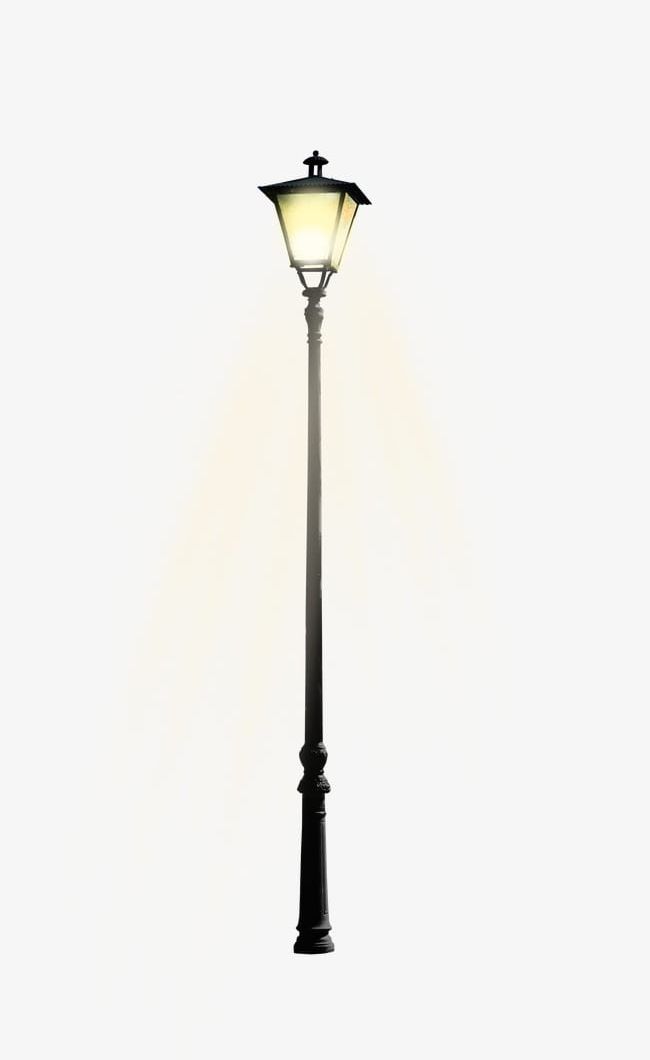

The frog ( Heqet) is an Egyptian fertility symbol. Frog This is a regional style lamp exclusively produced in Egypt and found in the regions around it, between c. These lamps have handles, short, plain nozzles, and less artistic finishing. The shoulder is wider and the discus is smaller with fewer decorations. High Imperial These lamps are late Roman. They have a wide discus, a narrow shoulder, no handle, elaborate imagery and artistic finishing, and a wide range of patterns of decoration. Volute, Early Imperial With spiral, scroll-like ornaments called volutes extending from their nozzles, these lamps were predominantly produced in Italy during the Early Roman period. Unpierced lugs continued until the 1st century BC. Pierced lugs occurred briefly between the 4th and 3rd century BC. They are characterized by simplicity, with little or no decoration, a wide pour-hole, a lack of handles, and a pierced or unpierced lug. Wheel-made This category includes Greek and Egyptian lamps that date before the 3rd century BC. Typologically, lamps of the Ancient Mediterranean can be divided into seven major categories: symbolic, religious, mythological, erotic, battles, hunting). Lamps can be categorized based on different criteria, including material ( clay, silver, bronze, gold, stone, slip), shape, structure, design, and imagery (e.g. The mean volume in a typical terra-cotta lamp is 20 cc (20 mL).

Others think that the pierced lugs were used to hang the lamp on a metal hook when not in use. It was speculated that pierced lugs were used to place a pen or straw, called the Latin: acus or festuca, with which the wick was trimmed. The lug may act as a small handle where the thumb rests. The handleless lamps usually have an elongated nozzle, and sometimes have a lug rising diagonally from the periphery. Other handles can be crescent-shaped, triangular, or oval-shaped. The most common is a ring-shaped for the forefinger surmounted by a palmette, on which the thumb is pressed to stabilize the lamp. In some specific types of lamps, there is a groove on the top of the nozzle that runs along to the pouring hole to re-collect the oozing oil from the wick. Wick hole and the nozzle May be either an opening in the body of the lamp or an elongated nozzle. The width generally ranges from 0.5–5 cm (0.20–1.97 in) in general. Shoulder Pouring hole The hole through which fuel is put inside the fuel chamber. The following are the main external parts of a terra-cotta lamp: Therefore, oil lamps of today are primarily used for the particular ambience they produce.ĭouble-nozzled terracotta oil lamp found in Samaria Most modern lamps (such as fueled lanterns) have been replaced by gas-based or petroleum-based fuels to operate when emergency non-electric light is required.

It was replaced by kerosene after the US Congress enacted excise taxes on alcohol to pay for the American Civil War. Camphine, a blend of turpentine and ethanol, was the first "burning fluid" fuel for lamps after whale oil supplies were depleted. Also widely used were animal fats (butter, ghee, fish oil, shark liver, whale blubber, or seal). Sources of fuel for oil lamps include a wide variety of plants such as nuts ( walnuts, almonds, and kukui) and seeds ( sesame, olive, castor, or flax). In small towns and rural areas the latter continued in use well into the 20th century, until such areas were finally electrified and light bulbs could be used. These in turn were replaced by the kerosene lamp in about 1850. Starting in 1780, the Argand lamp quickly replaced other oil lamps still in their basic ancient form. Oil lamps are a form of lighting, and were used as an alternative to candles before the use of electric lights. A textile wick drops down into the oil, and is lit at the end, burning the oil as it is drawn up the wick.

They work in the same way as a candle but with fuel that is liquid at room temperature, so that a container for the oil is required. The use of oil lamps began thousands of years ago and continues to this day, although their use is less common in modern times. Modern oil lamp of Germany with flat wickĪn oil lamp is a lamp used to produce light continuously for a period of time using an oil-based fuel source.


 0 kommentar(er)
0 kommentar(er)
